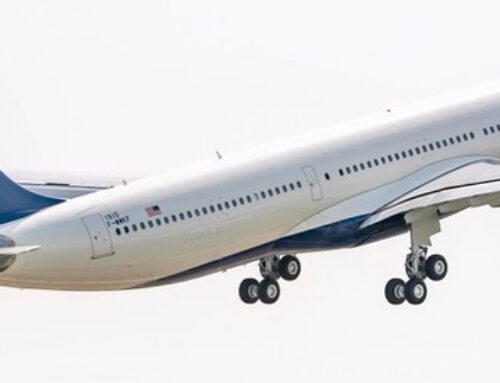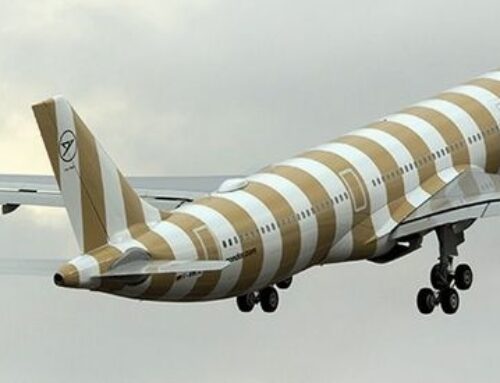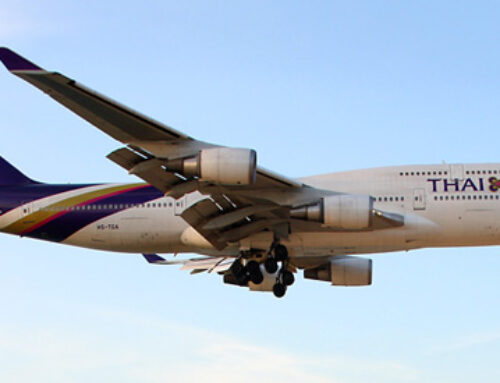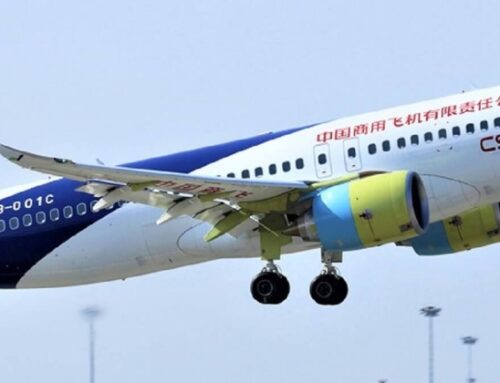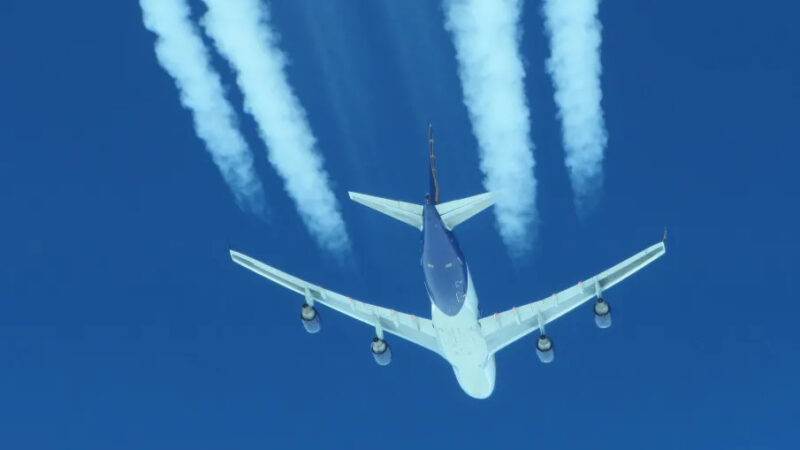
Have you ever wondered why commercial airplanes soar to such lofty heights, cruising comfortably tens of thousands of feet above the Earth’s surface? Delving into the intricacies of aviation, a former pilot sheds light on the rationale behind this airborne phenomenon.
Contrary to popular belief, the decision to fly at altitudes ranging from 30,000 to 42,000 feet isn’t arbitrary; rather, it’s a carefully calculated strategy that balances several key factors to ensure optimal performance, efficiency, and safety.
At these cruising altitudes, commercial aircraft find themselves within the realm known as the “cruising level” where they encounter less atmospheric resistance and turbulence compared to lower altitudes. This reduction in air density translates to smoother, more stable flight conditions, minimizing discomfort for passengers and reducing stress on the aircraft’s structure.
Cruising Altitude Allocation System
The system of using odd and even flight levels for aircraft flying in opposite directions is a standard method of organizing traffic flow and enhancing safety in the skies. This rule is part of what’s known as the “semicircular rule,” which helps to maintain vertical separation of aircraft flying on reciprocal or opposite courses. Here’s how it works:
- Even Flight Levels: Aircraft flying westbound are assigned even flight levels. For example, if an aircraft is flying in a direction from 000° to 179° (essentially westwards), it would be assigned flight levels like FL300 (30,000 feet), FL320 (32,000 feet), etc.
- Odd Flight Levels: Conversely, aircraft flying eastbound are assigned odd flight levels. So, for routes from 180° to 359° (eastwards), the aircraft would operate at flight levels like FL310 (31,000 feet), FL330 (33,000 feet), and so on.
This rule applies mainly to flights above a certain altitude, often above 24,000 feet (FL240), where controlled airspace rules require adherence to Instrument Flight Rules (IFR). The specific altitude and application can vary by country and airspace.
This method is crucial for preventing mid-air collisions and ensuring that aircraft maintain a safe distance vertically when flying routes that cross or are opposite in direction. The simplicity of the system allows pilots and air traffic controllers to quickly determine and maintain safe separation standards, contributing to overall aviation safety.
Moreover, operating at higher altitudes allows airplanes to capitalize on the phenomenon of “jet stream,” powerful high-altitude winds that blow in a westerly direction across the Earth’s surface. By riding these prevailing winds, aircraft can significantly reduce travel time and fuel consumption, enhancing overall efficiency and cost-effectiveness.
However, the decision to select a specific cruising altitude isn’t solely dictated by atmospheric conditions; rather, it’s influenced by a myriad of factors, including aircraft weight, route length, air traffic congestion, and airspace regulations. Pilots carefully analyze these variables to determine the optimal cruising altitude for each flight, striking a delicate balance between performance, efficiency, and safety.
High Altitude Flying
Flying at higher altitudes offers additional benefits beyond mere convenience and efficiency. At altitudes above 30,000 feet, aircraft are shielded from many of the weather-related hazards that can affect flights at lower elevations, such as thunderstorms, icing, and turbulence. This elevated vantage point provides pilots with greater flexibility to navigate around adverse weather systems, ensuring a smoother and safer journey for passengers.
While the allure of cruising at 35,000 feet may seem glamorous, it’s important to recognize that this altitude isn’t without its challenges. Operating in the rarefied atmosphere of the stratosphere poses unique physiological and technical considerations for both pilots and aircraft systems, requiring meticulous planning, training, and adherence to strict safety protocols.
In essence, the decision to fly at 35,000 feet isn’t arbitrary or capricious; rather, it’s a carefully calculated strategy that reflects the intricate interplay between atmospheric conditions, aircraft performance, and operational considerations. By soaring to these lofty heights, commercial airplanes unlock a world of possibilities, offering passengers a smoother, more efficient, and safer journey through the skies.
Sources: AirGuide Business airguide.info, bing.com, travelandleisure.com

